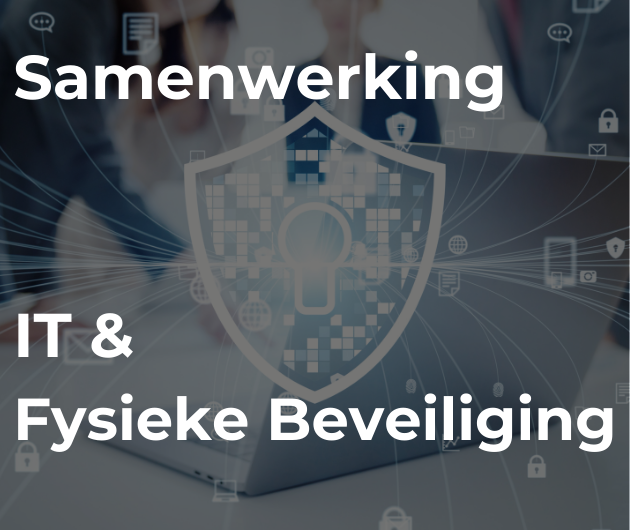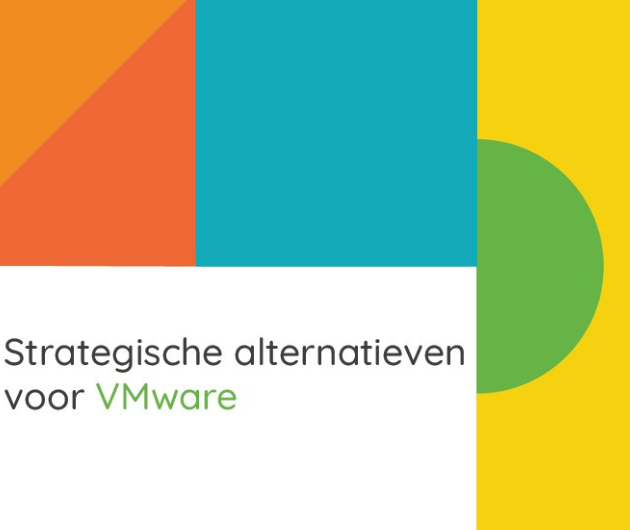Software Asset Management (SAM) is an essential element in a corporate compliance programme. Data protection and other legal requirements are very important but software licensing is the most visible problem today. There are some incredible claims made by the software suppliers as to the loss of revenue due to unpaid licenses, amounting to many billions of dollars.
It is essential in the first place for an organisation to have well defined methodologies for handling all legal compliance, for which the help of an outside specialist consultancy is strongly recommended. With that in place SAM would be the next thing to tackle, which presents an immediate problem because choosing a suitable SA product is quite difficult.
Perhaps the first thing to address is why bother with all this trouble and expense? As previously discussed SAM is necessary for a properly managed and reliable system, but here we will concentrate on the issue of license fees. There is aquestion about the rights of a software vendor to audit a user’s systems in order to calculate the number of licenses needed and to compare that with the official records kept in Redmond and other places. This then raises the further issue of accidental or deliberate under payment, because only those knowingly using unpaid licenses would have a real objection to an audit. In practice the vendors know how many licenses have been paid for and what the typical number of licenses should be for that type of company. Only whensignificant differences are detected is serious action taken.
The software vendors are suggesting that overall about 25% of software in use in Europe is not paid for, but there is an inconsistency here because many larger companies are reported to be over-licensed. This is stemming from organisations that would be highly embarrassed to be caught using software illegally such as police forces or the BBC in the UK (who are funded from compulsory TV licenses). In the end it is becoming essential for all legally minded companies to implement SAM.
Software for the smaller company is supplied as individually packaged products which once installed will stay with that machine. Larger organisations have a more flexible server based licensing arrangement, in which the software is distributed to individual desktop PCs from a central server. It is then easy to trace the number of licenses activated from the server records.
However there is an opportunity here for cost savings to offset the high cost of SAM itself. The common software products such as Word will be made available on all PCs, but other software such as Access or PhotoShop will only be needed by a select few. Some products are licensed in groups so that the user has all the products in that suite, whether they are ever used or not. This may be a sore point with many users, but it is fairly well defined and manageable. But there are many cases in which a user might want to try a software package or to use one just once for a specific application. Once distributed the normal SAM agents will detect the existence of these products, which should be paid for. Thus a more sophisticated SAM product will detect software that has been loaded but has not been used for some time. This can then be deleted and returned to the pool of licences for re-issue.
The key problem still remains however and that is that most software is charged by the number of potential users, which is of course far higher than the number of active users. This is wrong!< BR>
Martin Healey, pioneer development Intel-based computers en c/s-architecture. Director of a number of IT specialist companies and an Emeritus Professor of the University of Wales.







